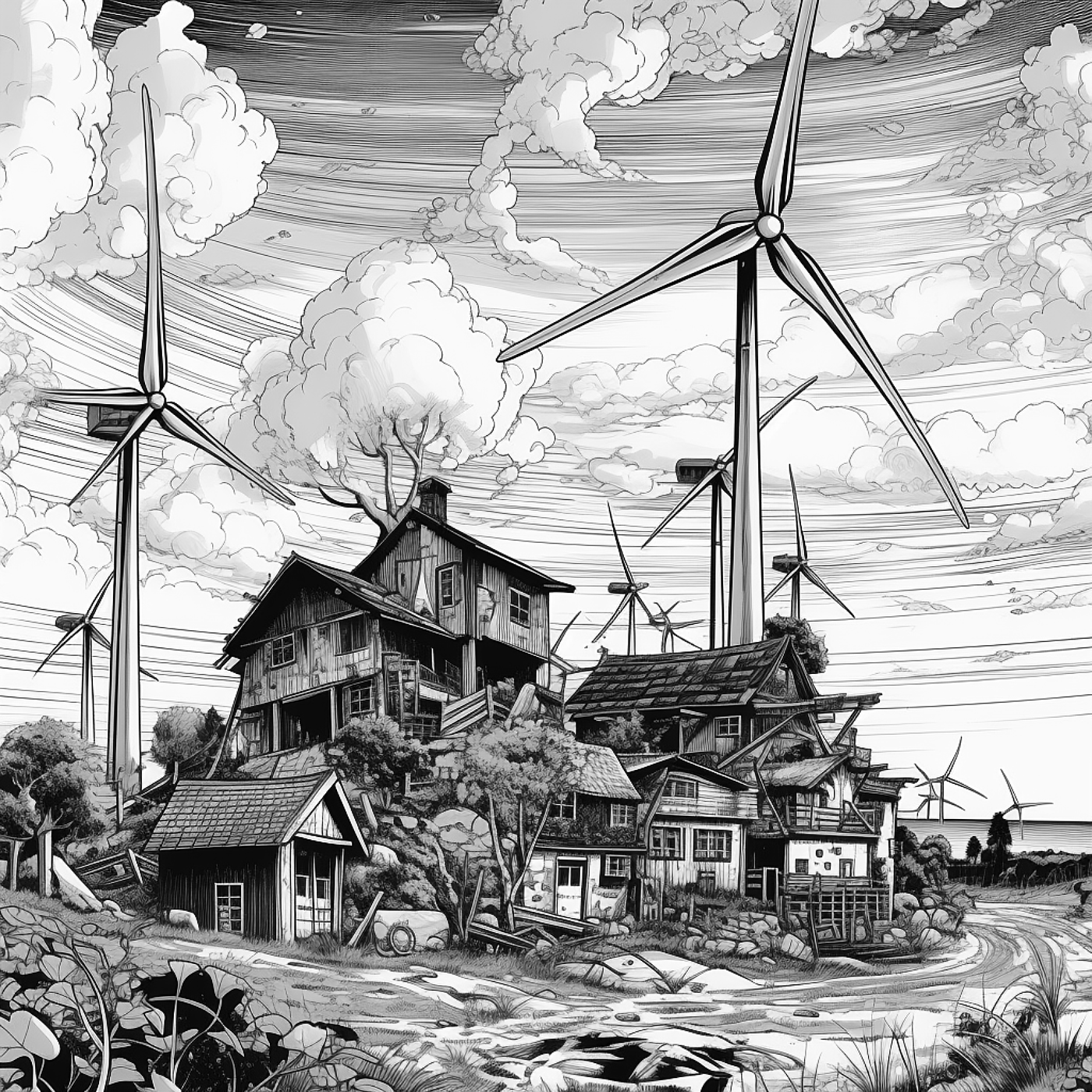Pave the Way for a Greener Digital World: Sustainable Branding and Web Design
Introduction: The Quest for a Cleaner, Greener Digital World
Welcome, eco-innovators! Today, we unite in our quest to create a cleaner, greener digital world by reimagining the realms of branding and web design. As pioneers, we'll chart a new course, sharing our passion for sustainability and inspiring others to embrace eco-friendly practices, setting the stage for a brighter digital future.
Crafting a Sustainable Brand Identity
First, let's delve into the world of sustainable digital branding. A brand's identity is its signature, a mark that captures the essence of its values and beliefs. By integrating sustainability into our branding strategy, we can ensure that our message resonates with eco-conscious audiences and leaves a lasting, positive impact.
To craft a sustainable brand identity, start by selecting materials with a low environmental impact. Opt for recycled paper and vegetable-based inks for printed materials, and lean towards digital media whenever possible. Collaborate with suppliers and partners who share your green values, ensuring that your brand's eco-friendly ethos is present at every stage of the process.
Venturing into Sustainable Web Design
Next, we venture into the realm of sustainable web design. A website is a digital canvas where we paint our vision for a better world, and as such, it must be both visually appealing and environmentally responsible. A sustainable website is one that minimizes its carbon footprint while delivering a delightful user experience.
FAQ: Sustainability in Digital Branding
Sustainable web design focuses on optimizing websites to minimize their environmental impact. This includes reducing energy consumption by optimizing images, using efficient coding practices, and selecting eco-friendly hosting providers. These measures help lower the carbon footprint of a website, thus contributing to a greener planet.
Sustainable branding involves incorporating environmental, social, and economic considerations into your brand strategy. Key principles include transparency, responsible sourcing, ethical practices, waste reduction, and continuous improvement. By adopting these principles, businesses can build a brand that's more sustainable and appealing to environmentally conscious consumers.
By adopting sustainable practices like using energy-efficient web design, eco-friendly hosting providers, and focusing on responsible digital advertising, your digital branding strategy can contribute to a greener planet while appealing to environmentally conscious consumers.
Use your website, social media platforms, and email marketing to share your brand's sustainability story. Highlight your eco-friendly practices, certifications, and the positive impact of your initiatives. Engaging and authentic content can help build trust and strengthen your brand's image among environmentally conscious consumers.
To minimize the environmental impact of digital advertising, consider using targeted advertising to reach only relevant audiences, thus reducing wasted resources. Opt for energy-efficient ad formats and platforms, and track your campaign's performance to optimize and make data-driven decisions.
Digital branding can support a circular economy by raising awareness about sustainable products and practices. It can promote resource efficiency, recycling, and reusability through educational content, campaigns, and storytelling. By aligning your brand with circular economy principles, you can attract eco-conscious consumers and contribute to a more sustainable future.
Influencers can act as ambassadors for your sustainable brand, helping to spread your message and reach a wider audience. By partnering with influencers who share your commitment to sustainability, you can create authentic and engaging content that showcases your brand's values and resonates with environmentally conscious consumers.
Conclusion: Pioneering the Movement for a Sustainable Digital Future
To create a sustainable website, adopt energy-efficient design practices, such as optimizing images, reducing file sizes, and leveraging browser caching. Choose green web hosting providers that utilize renewable energy sources and offset their carbon emissions. In addition, prioritize accessibility and user experience, ensuring that your digital canvas is a welcoming space for all who visit.



